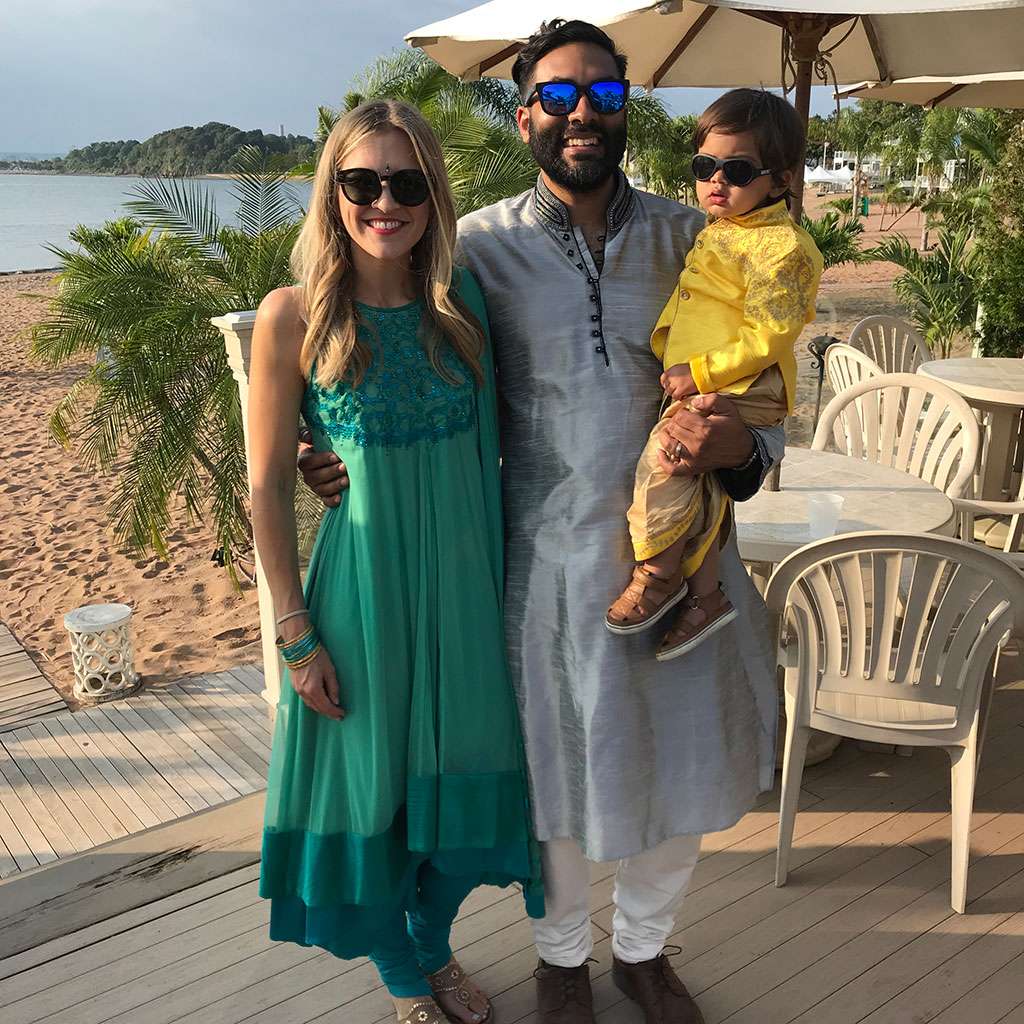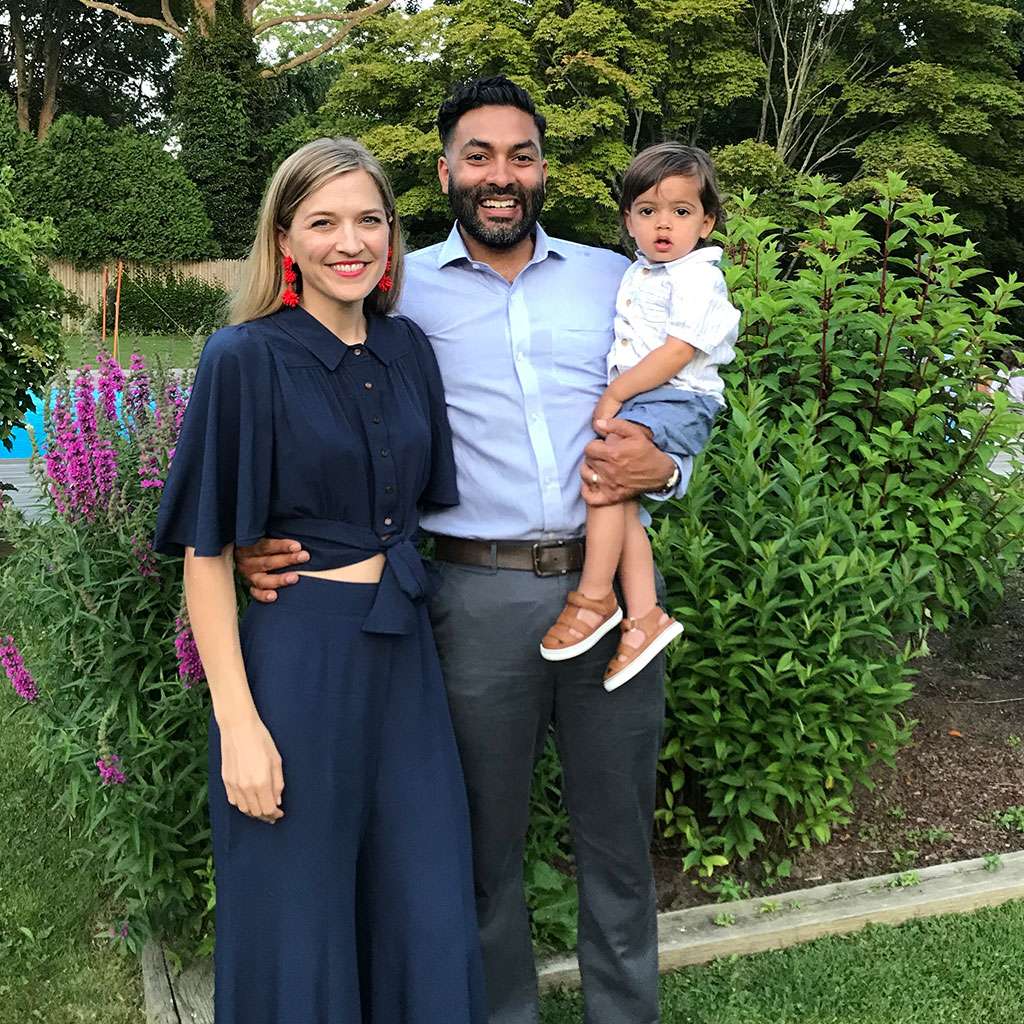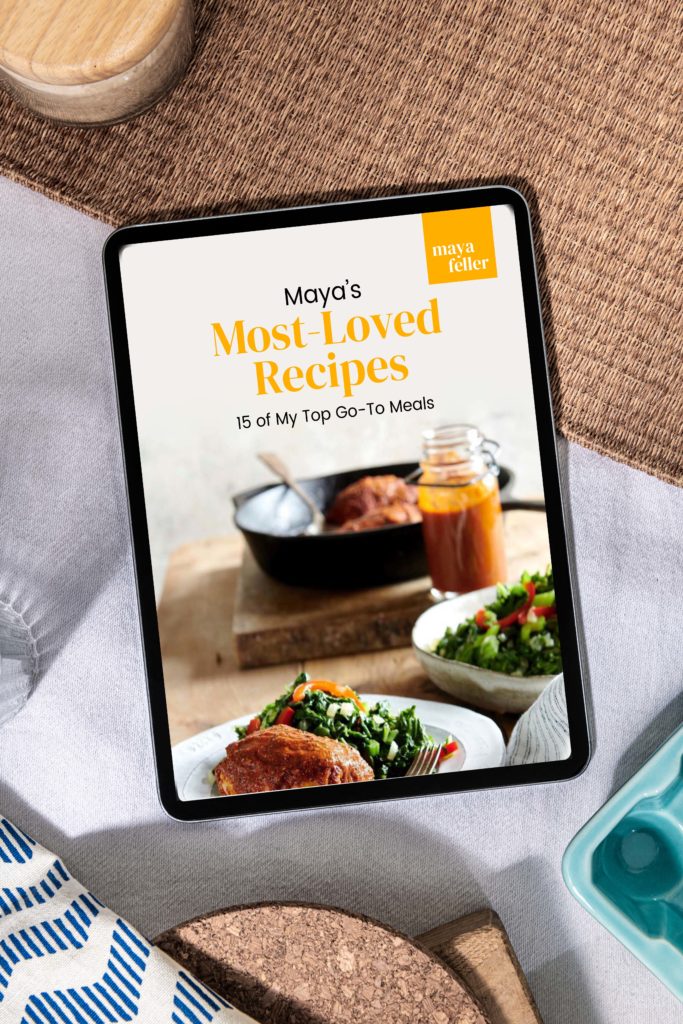Blog, Raising Multicultural Children: A Sharing of Stories On The Intersection of Food, Race and Culture
Rachelle LaCroix Mallik
Tell us about your ethnicity and culture
I was born and raised on the East End of Long Island (Sag Harbor) by parents who were also born and raised on Long Island. My background is mixed European – Irish and Ukrainian/Ashkenazi Jewish on my mother’s side and French and German on my father’s side. Despite my maiden name being very French (Rachelle Marie LaCroix) my name is pronounced “Rachel” and I’m as French as I am Jewish by ethnic makeup. Although my mom only recently converted to Catholicism, I was raised Catholic. We celebrated Easter and Christmas, observed Lent with meatless Fridays, and went to church every Sunday. Certain foods embodied holidays, from corned beef and cabbage on St. Patrick’s Day, to lamb and dyed hard-boiled eggs on Easter and an array of homemade cookies for Christmas.
Throughout my childhood we would frequently visit my great-grandparents in Toronto. My Ukrainian Jewish Mama never hesitated to invite family, friends, and neighbors over for dinner and my Irish Papa would regale everyone with poetry and limericks. They had an interfaith marriage long before it was common or accepted. Their life was full of music and singing, plenty of food to share and there was always room at the table. Mama and Papa taught me the value of community.
Tell us about your partners ethnicity and culture
My husband Ronak was born and raised in the suburbs of Philadelphia by parents who emigrated to the States from Bihar, India. Ronak was raised Hindu, attending poojas (religious ceremonies) at his grandparents’ house in New Jersey and making the drive to the nearest temple at the time outside Pittsburgh. Ronak’s parents typically prepared North Indian meals and did not eat beef. Growing up in the US, Ronak was surrounded by American culture, which defined his journey as a first-generation Indian American.
“Food [is] one of the simplest and most pleasurable ways to pass on our cultures and teach our children about different cultures.”
Ronak spent many summers at his grandparents’ house and his caring Nani showed her love through food. Ronak was spoiled with fresh samosas, pakoras, and gulab jamun with homemade yogurt. Nani and Nana’s hosted guests often, whether for poojas or just everyday company, and food was offered for all occasions. To this day there will always be multiple dishes on the lazy Susan as soon as a visitor arrives.
How do you work to keep both cultures alive and relevant for your kid(s)
My son is 2-years-old so he doesn’t necessarily understand holidays and cultural traditions yet, and as parents we’re still figuring it out as we go. My husband and I consider ourselves culturally religious, and celebrating certain religious traditions with our child is a way to keep our cultures alive and honor our families.
We gave our son the name Arjuna from the Mahabharata, a Sanskrit epic from ancient India, and his middle name LaCroix is my maiden name and a nod to his European ancestry.
In Arjuna’s first year, we celebrated religious ceremonies from both Catholicism and Hinduism, including chatti (naming when the baby is 6 days old), mundan (first haircut), and baptism. I found it so interesting how similar the meanings are behind the mundan and baptism – mundan symbolizes freedom from undesirable traits in past lives and baptism symbolizes cleansing of original sin.
While we are not a Hindi speaking household, we’ve taught our son how to say certain words including pani (water), doodh (milk) and dahi (yogurt) and how to do pranam (paying respects to elders). We love listening and dancing to bhangra music – Arjuna often requests “belly belly” (aka Moorni by Panjabi MC). Subconsciously I think I’ve put more effort into exposing my child to Indian culture at home because I assume he’ll be exposed to “American” (white/Western/Judeo-Christian) culture daily.
And of course there’s food – one of the simplest and most pleasurable ways to pass on our cultures and teach our children about different cultures.

Are there any recipes / food traditions that are unique to your culture that you have passed along to (or want to pass along) your children / family
Indian dishes that we make often and want to pass the recipes on to our children are dal (spiced lentils), sabji (stir-fried vegetable dishes), chicken curry, roti and paratha (whole wheat flatbreads). One day we’ll learn how to make my father-in-law’s lobster curry – a Rabi Mallik specialty. Recipes I want to pass on from my family include my mom’s Christmas cookies, her Thanksgiving stuffing and gravy, and my great-grandmother’s blintzes (crepes) and kasha varnishkes (bow-tie noodles with buckwheat groats).
I also hope to pass on a love of seafood because my husband and I enjoy it several times a week. I grew up in a coastal town surrounded by fresh seafood and Ronak grew up eating mach-bhat (fish curry and rice), so it’s a part of who we are. We’ve been giving Arjuna fish basically since he started solids – salmon and shrimp are his favorite!
Another food tradition I’d like to pass on from both sides is cooking at home. Growing up in a middle-class family in a small town, making breakfast, packing lunch and cooking dinner were both a necessity and a way to save money. There were no restaurants in walking distance or delivery options, no school lunch program, and the beach only had an ice cream truck, if any food at all. As adults, Ronak and I have enjoyed city living, from New York to Melbourne, Australia to Chicago, but we still make most of our meals at home. Especially as a dietitian, I recognize the value of being able to cook for myself and my family. It provides nourishment, and allows me to keep my family’s culture relevant and to explore global cultures through food.
You can find Rachelle on social @rachellemallik



Leave a Reply